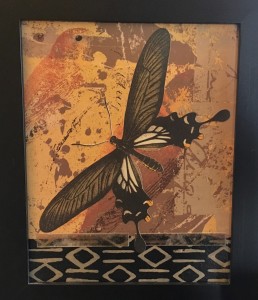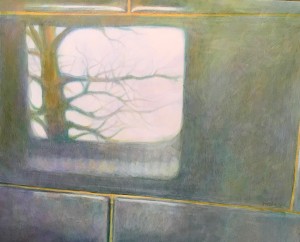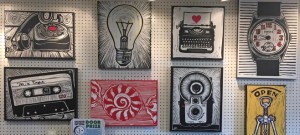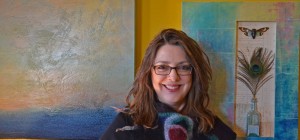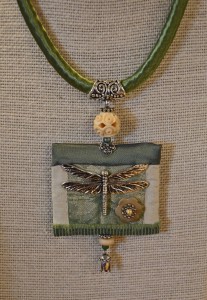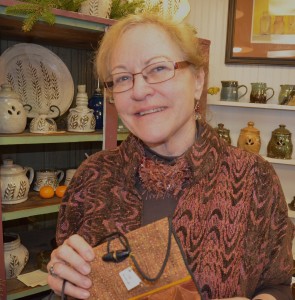We live in a community of hardworking folk and, among us, is a community of artists who lend grace, beauty and a wealth of spirit to the region.
They are down the side streets in spaces that they’ve set aside for their art, in converted farm buildings and garages, having overrun kitchen counters, closets, and cluttered places in their homes.
The soil and clay around these parts is fertile for the various arts.
They work at their crafts down dirt roads, make and show what they’ve wrought on town and county art tours, and bring their inspired creations to local festivals when they are not shown on-line.
They work at their art because they love it, inspired by the smoothness of formed clay, an attempt to synthesize a media array, to play with the forgiveness of oil brushed on a stretched canvas, the challenge of water colors, or acrylics, or a charcoal drawing stick, a string of stones to make a necklace, or wool to make a scarf, inspired to try to create something no one’s ever made quite like what they’ve imagined and made concrete and real.
They have a passion to invoke their gifts, creating when they can get away from their “real” work, until, they dream, they can make their art full time, and give up “their day job.”
Thus has it always been.
Jill Evans-Kavaldjian, the President of the Loudoun County Arts Council said, “I was struck by the reflection of the trees outside on the tiles inside and captured what I saw with colored pencils and a varnish.”
“We don’t all think of obsolete technologies,” said Jill, “of the manual typewriter, of the analog wrist watch, the black dial phone, cassette tapes, the old polaroid camera, filament light bulbs, and I set out to reproduce a series to capture this obsolescence in its simplicity.”
“I’ve been influenced by an Asian aesthetic,” said Mary Kenesson, “and collect things in my travels, for example vintage buttons, somewhat serendipitous, and this comes about because I had no roots in any one place as a child. One of my favorite pieces I made from Japanese fabrics.”
“In North Carolina,” said Amy Manson, “they have this dish in which they put a beer can in the midst of the chicken, you might call it a ch-eer dinner. But I thought there was something wrong having a beer can and aluminum in something you were going to eat, so I thought to make a piece of pottery that was aesthetic and functional, a little engineering, and I fashioned this pottery with a centerpiece for the beer curing the aluminum problem.”
“I like to collect things,” said Karen Watson, “so I think in terms of mixed media, and call my work ‘infusion’ because what I create is filled up – filled with love and joy, that’s how I see it, you know, bugs, shells, wings, old books, and sundry things.”
Susan Trask said, “I have 10 Alpacas, 3 cows, 4 cats, and 1 man (my husband).”
“It’s because of the Alpacas,” said Susan, “that I became a fiber artist, hand-rubbing fiber into silk. I use solar-dyed and natural alpaca yarns to make scarves and other gifts.”
This is a sampler of the spirit of the art proliferating in the region.
It’s been said “that after the dust of centuries has passed over our cities, we, too, will be remembered not for victories or defeats in battle or in politics, but for our contribution to the human spirit.”

